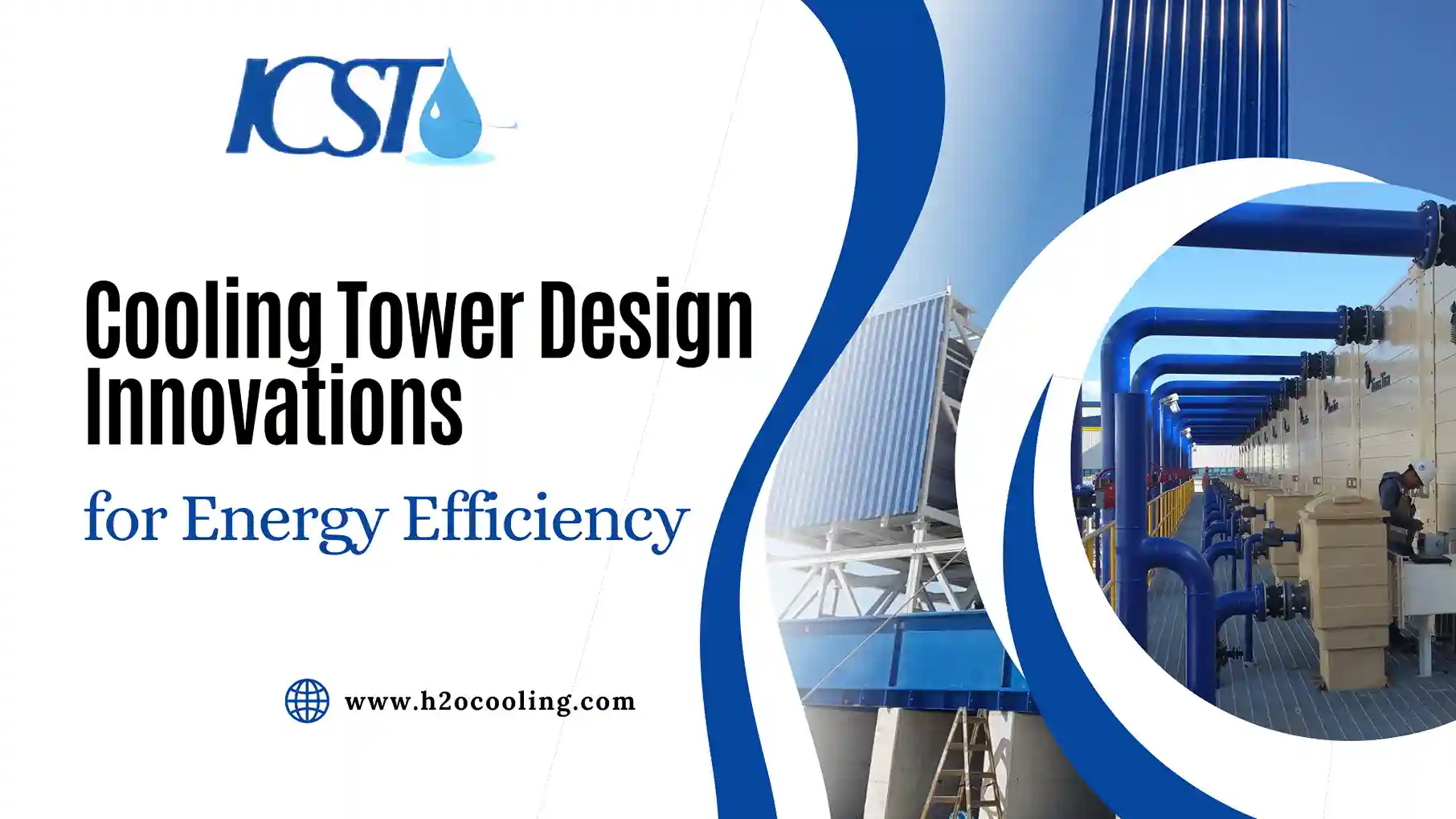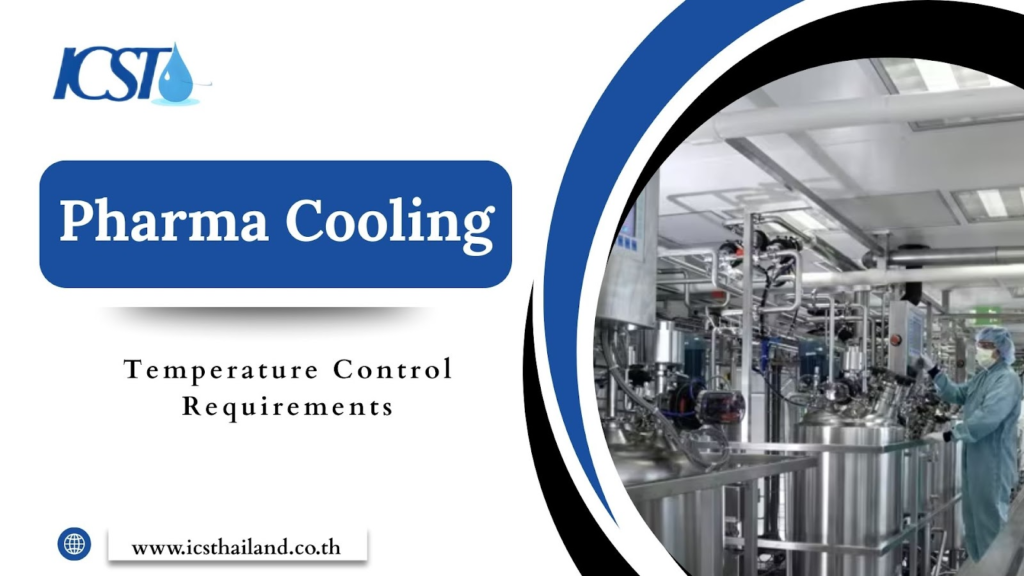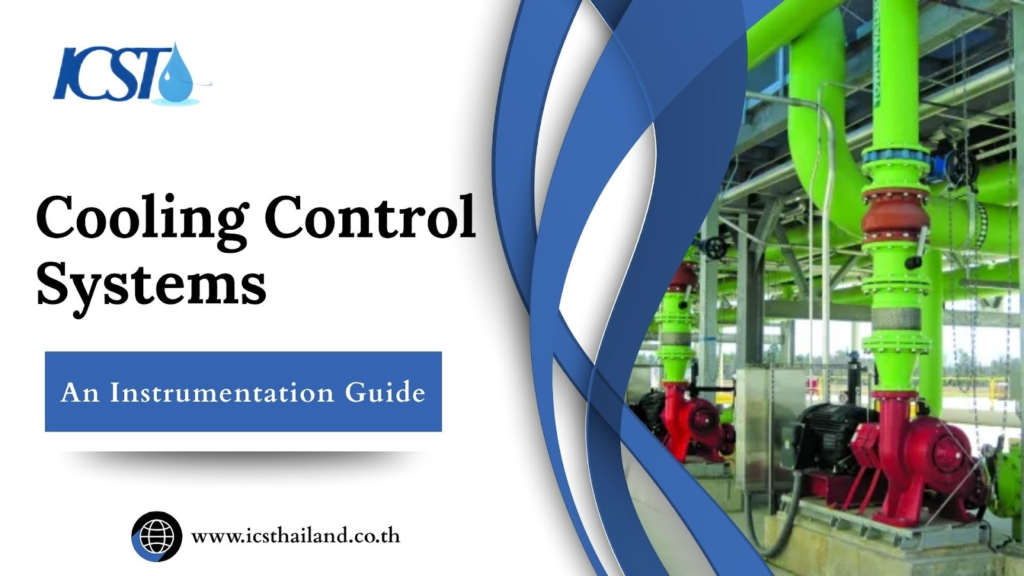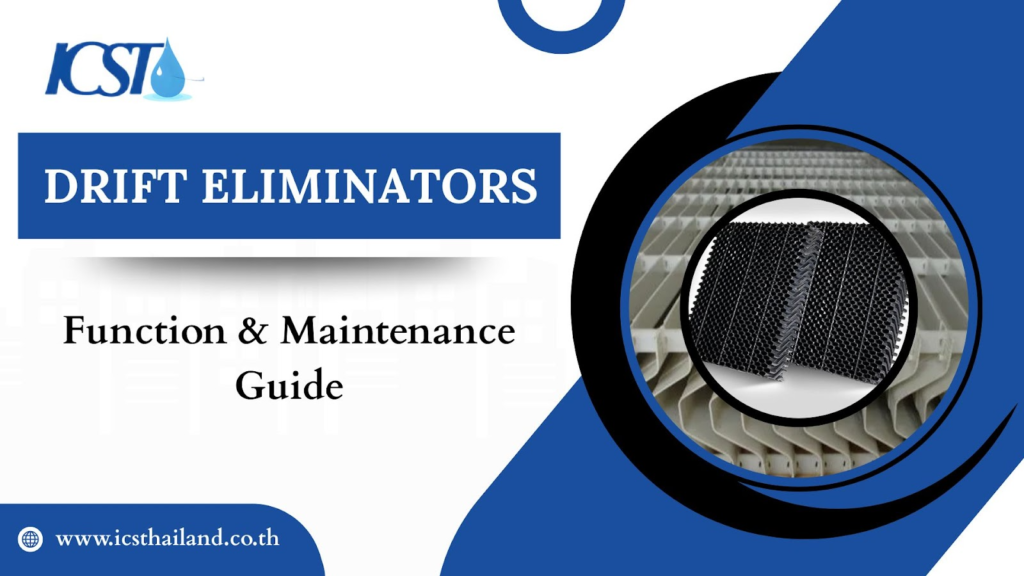Cooling towers might not be the first thing that comes to mind when thinking about industrial innovation, but they’re quietly revolutionizing efficiency and sustainability. These unsung heroes are transforming how industries operate, blending cutting-edge design with impactful environmental benefits.
If you’re looking to make your cooling systems more efficient and sustainable while saving money, this post is for you.
What’s special about this post? We’ll break down the latest innovations in cooling tower technology and show you actionable ways to optimize your systems for maximum efficiency and sustainability.
Table of Contents
ToggleEnergy Efficiency in Cooling Towers: A Game-Changer for Cost and Climate Goals
Energy-efficient cooling towers are no longer a luxury, they’re an essential component for optimizing performance, reducing costs, and meeting sustainability goals in today’s industrial cooling systems. Here’s why prioritizing energy efficiency in cooling systems is a game-changer:
- Environmental Impact: Cooling towers consume a significant amount of resources, including energy and water. Energy-efficient designs help industries reduce their carbon footprint and conserve water resources, aligning with global sustainability goals.
- Cost Savings: By lowering energy and maintenance costs, innovations in cooling tower technologies can result in substantial long-term financial benefits for industries and commercial buildings.
- Regulatory Compliance: Increasing regulatory pressures around energy consumption and emissions are driving businesses to adopt eco-friendly cooling solutions. Making your cooling system energy-efficient isn’t just about savings anymore; it’s about aligning with industry standards and regulations.
Now, let’s understand the traditional limitations of cooling towers and how advanced technologies are addressing these challenges.
Shortcomings of Traditional Cooling Tower Designs
Traditional cooling towers have been the go-to solution for decades, but let’s face it—many of them are outdated and riddled with inefficiencies. For cooling tower owners and project managers, this means constant headaches.
Higher energy costs. Frequent ongoing maintenance. Underwhelming performance that fails to meet modern demands. Isn’t it time for a smarter, more reliable solution? These include:
- Energy Inefficiency: Traditional designs often lack advanced controls, leading to unnecessary energy expenditure, especially during low-demand periods.
- High Water Loss: Older cooling towers use excessive amounts of water through evaporation and blowdown cycles, which isn’t just costly but unsustainable in water-scarce regions. Poor water management systems also contribute to higher waste.
- Maintenance Challenges: Older designs typically require frequent and labor-intensive maintenance, leading to downtime and operational delays. Replacement parts for outdated systems can also be hard to source, increasing repair times.
- Environmental Impact: Traditional cooling towers can release untreated water or chemicals into the environment, causing pollution and violating modern environmental standards.
- Noise Pollution: Many older cooling tower models generate significant noise levels during operation, making them unsuitable for noise-sensitive areas.
It’s clear that conventional designs no longer meet the efficiency and sustainability requirements of today’s industries. Enter modern cooling tower innovations.
Efficient Cooling Tower Designs and their Impact
I’ve been diving into the latest innovations in cooling tower designs, and it’s amazing to see how they’re tackling the inefficiencies of traditional models. These new designs aren’t just smarter, they’re built to boost energy efficiency and solve common challenges. Here’s a look at some game-changing features in efficient cooling towers:
Modular Cooling Towers
Modular cooling towers allow industries to scale their cooling capacity up or down based on operational needs. By enabling the addition or removal of modules, these designs ensure optimal energy use, reducing both operational costs and environmental impact.
Benefits:
- Easily scalable to match changing cooling requirements.
- Optimizes energy use by allowing module additions or removals.
- Lowers operational costs and minimizes environmental impact.
Hybrid Cooling Towers
Hybrid cooling towers combine the best of both wet and dry cooling technologies. This reduces water consumption while balancing energy use, making it an excellent solution for water-scarce and high-temperature regions.
Major Benefits:
- Reduces water consumption significantly.
- Efficiently balances energy use in challenging climates.
- Ideal for water-scarce and high-temperature regions.
Energy Efficient Components
Modern cooling towers utilize technologies like variable frequency drives (VFDs) and high-efficiency fans to reduce operating costs. These components adjust according to real-time cooling demands, eliminating energy waste during low-demand periods.
Main Significance:
- Adjusts energy use based on real-time cooling needs.
- Prevents energy waste during low-demand periods.
By addressing inefficiencies at every level, these designs significantly improve the performance and sustainability of cooling towers.
Game-Changing Innovations Revolutionizing Cooling Towers
Innovative technologies are redefining the potential of cooling towers, going far beyond energy-efficient designs to set new standards in performance and sustainability. Here are some recent innovations reshaping the industry:
High-Efficiency Fill Media
Modern fill materials enhance heat exchange by improving airflow and reducing water and energy usage. They’re a simple yet highly effective upgrade that delivers measurable improvements in cooling efficiency.
IoT and Smart Monitoring Systems
Smart cooling towers leverage IoT sensors and advanced monitoring platforms to revolutionize efficiency and performance. These enable real-time data collection, predictive maintenance through AI-driven analytics, and even remote control options. The result is reduced downtime, improved efficiency, and enhanced decision-making.
Hybrid and Adiabatic Cooling Towers
Hybrid and adiabatic cooling towers are game-changers for regions facing water shortages or extreme climates. By blending wet and dry cooling methods, they drastically cut water usage while still delivering top-notch performance. Efficient, reliable, and sustainable, these innovative designs are the perfect solution for tackling today’s toughest cooling challenges.
Implementing Cooling Tower Innovations in Existing Systems
You must be wondering how to implement advanced cooling tower innovations in your existing system. Don’t worry, upgrading doesn’t always mean starting from scratch. Many of these innovations can be retrofitted. Here are some tips you can use:
- Evaluate Needs: Start by assessing your existing system’s inefficiencies and identifying specific areas for improvement.
- Retrofit Options: Upgrades like VFDs, advanced fill media, and IoT monitoring systems can often be installed without replacing the entire cooling tower.
- Calculate ROI: While upfront costs may seem high, the long-term savings in energy, water, and maintenance make these upgrades a worthwhile investment.
- Partner with Experts: Work with certified cooling tower vendors and consultants like ICST to ensure successful implementation and performance optimization.
The right strategy can revolutionize power plants industries, making the switch to efficient and sustainable cooling tower systems easier than ever!
Looking Ahead The Future of Cooling Tower Technology
The future of cooling technology is brighter than ever, driven by a push for sustainability and cutting-edge efficiency. Imagine cooling systems that not only consume less energy but also harness renewable resources, like solar power, to minimize their environmental impact.
With advancements in smart technology, we could soon see cooling systems that adapt in real-time to changing conditions, optimizing performance while reducing waste .Here are the trends shaping the industry’s evolution:
- Sustainability First: With an increasing focus on environmental conservation, cooling tower innovations will prioritize reducing water usage, energy consumption, and emissions.
- Real-Time Data Utilization: The integration of IoT and AI will provide real-time data and predictive analytics to optimize operations.
- Hybrid Designs and Renewable Energy: Future systems may integrate renewable energy sources, paving the way for completely sustainable cooling solutions.
As technology evolves, those who take proactive steps now will be better equipped to handle future disruptions and meet the needs of an ever-changing world.
Conclusion
Adopting modern cooling tower innovations offers numerous advantages, such as improved energy and resource efficiency, reduced operating costs, enhanced ROI, and a lower environmental impact.
These advancements also ensure greater reliability and longer equipment life, helping industries align with sustainability goals while achieving higher levels of operational excellence.
If your business is ready to upgrade to modern, energy-efficient cooling solutions, Contact ICS Thailand for expert guidance on selecting and implementing tailored cooling tower designs. Together, we can build a more sustainable future while optimizing your operations.
Frequentlay Asked Questions
What is the most efficient cooling tower design?
The most efficient cooling tower design today is the hybrid cooling tower, which merges wet and dry cooling methods to optimize both water and energy use. It’s particularly effective in hot climates or areas with water restrictions.
How to increase efficiency in a cooling tower?
Efficiency improves when the system is clean, airflow is optimized, and cooling load is matched in real-time. Upgrading to VFD-driven fans, using advanced fill materials, and maintaining proper water chemistry are key.
How to save energy in a cooling tower?
Saving energy starts with smart control. When fan speeds adjust automatically based on demand, and heat transfer surfaces are clean and efficient, energy waste drops sharply. Retrofitting older towers with energy-saving components like EC motors or VFDs often delivers fast returns, both in savings and system performance.
Which practice helps a cooling tower work more efficiently?
Routine cleaning and smart automation make the biggest impact. A cooling tower runs far more efficiently when its components are free of debris, water flow is balanced, and the system responds dynamically to temperature changes.
How to reduce TDS in a cooling tower?
Use a conductivity controller to monitor TDS levels and automatically activate the blowdown valve when the set threshold is exceeded.








